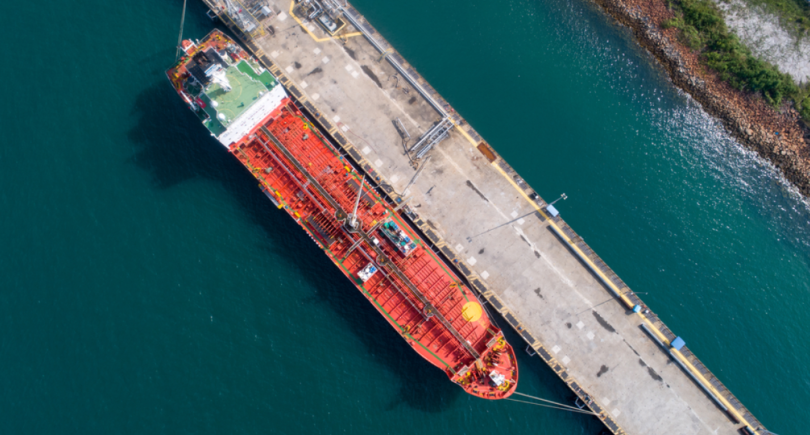
Opinions Infrastructure Danube 859 21 February 2025
Cargoes requiring specialized infrastructure or oriented towards transshipment in Constanta remain on the Danube River
At the beginning of the full-scale aggression, the work of all Ukrainian ports, except those on the Danube, was blocked. It was the Danube ports, along with land border crossings, that took over the bulk of exports and imports that were coming into the country – goods important for the existence of the state, society and defense in the conditions of war.
However, the restoration of former logistic routes, especially the successful operation of the sea corridor from the ports of Greater Odessa has expectedly led to a significant reduction in transshipment on the Danube. Now it is time to think how to save the Danube ports.
Current situation on the Danube
Now we see a noticeable decrease in activity in the Danube direction. The operation of the maritime corridor has led to a 45.9% decrease in cargo transshipment in Danube ports to 17.3 million tons by the end of 2024. In particular, transshipment in Izmail dropped by 33.9% – to 13.4 million tons, and in Reni – by 66%, to 3.4 million tons. Because of this, the current utilization of Izmail and Reni ports is far below their capacity.
Now there is no reason to expect excitement around the Danube ports. The small tonnage fleet in Izmail and Reni can transport many times less cargo than the ports of Greater Odessa. In addition, logistics through the Danube ports is more expensive. This applies to both export and import cargoes. Especially if we are talking about the port of Reni, where cargoes go by railroad through the territory of Moldova.
How to stimulate the increase in transshipment
To revitalize transshipment, in my opinion, it is important to focus on a few key steps:
- Dredging and maintaining passport depths. Without this, even those vessels that could potentially use the Danube will simply not be able to call at full draft. Maintaining depths of 7 meters is essential for larger vessels – this immediately expands the range of possible cargoes and makes transshipment more cost-effective.
- Optimization of rail tariffs. Danube ports are highly dependent on how cargo is delivered to the berths. If tariffs are high, market players prefer to look for alternative routes. Therefore, I would recommend to consider special reduced tariffs or flexible schemes for the Danube direction in dialog with Ukrainian Railways.
- Privatization mechanism through open auctions. It is very important that the port infrastructure is developed on a transparent basis. I am in favor of auction sales (not concessions) so that private investors come in and modernize the facilities in the long term. Thus, we will get responsible management, modernization and, as a result, growth of transshipment.
- Formation of supervisory boards in port operators with the participation of business representatives. When entrepreneurs, cargo owners, logistics companies and the state work together, more practical and prompt decisions are made. This will help to develop the Danube direction in a comprehensive way, utilizing different points of view and interests.
Promising cargoes
It can be said for sure that in the current conditions, grain and oilseed cargoes go mainly through the ports of Greater Odessa. Firstly, they have a powerful infrastructure and efficient terminals, which can easily cope with the available volumes. Secondly, logistics by rail and road to Odessa is often considerably cheaper than delivery to the Danube, and the routes are already well established.
At the same time, fertilizers, general cargoes, oil products, gas and hazardous fertilizers, which require either specialized infrastructure or are oriented to further transshipment in Constanta, remain partially on the Danube direction.
Besides, there is a part of vessels, which in current conditions prefer not to call at the ports of Greater Odessa due to possible risks associated with ballistic strikes. Accordingly, this is the reason why the freight rate may differ noticeably: larger vessels entering deep-water ports put one risk into the rate, while vessels or barges going to the Danube direction or to Constanta proceed from completely different calculations.
Thus, the current situation affects both the structure of cargo flows and pricing policy – it all depends on logistics and type of cargo.






